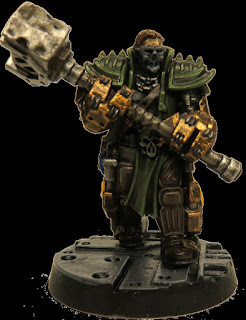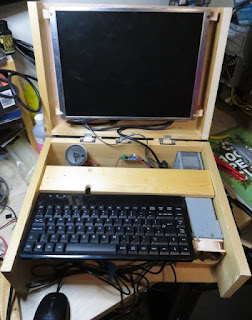GW Weapon Masters and Wreckers

I just finished the weapons masters from this GW Necromunda set . I went with a slightly more colourful scheme than the GW artist did, but I still wanted them to look at least somewhat grimy. With some of the photos I tried to take the white background out (you can see how lame I am at it), but I didn't bother with all of them. The first one is the hammer guy. I had trouble figuring out what his mask was meant to look like - I'm not too happy about that. I am particularly happy with the hammer head - especially how it came out under the light. I wanted it to look metallic but also dented and dirty. I think I did a decent job of it. The arms look much more gold-y in some of the photos and much more bronze-y in others. The reality is that they are quite a browny-bronze. I love the sculpt of them, with the believable exposed hinges. The second one is the cylinder-cartridge rifle guy. I went with Mechrite Red for him, m...

